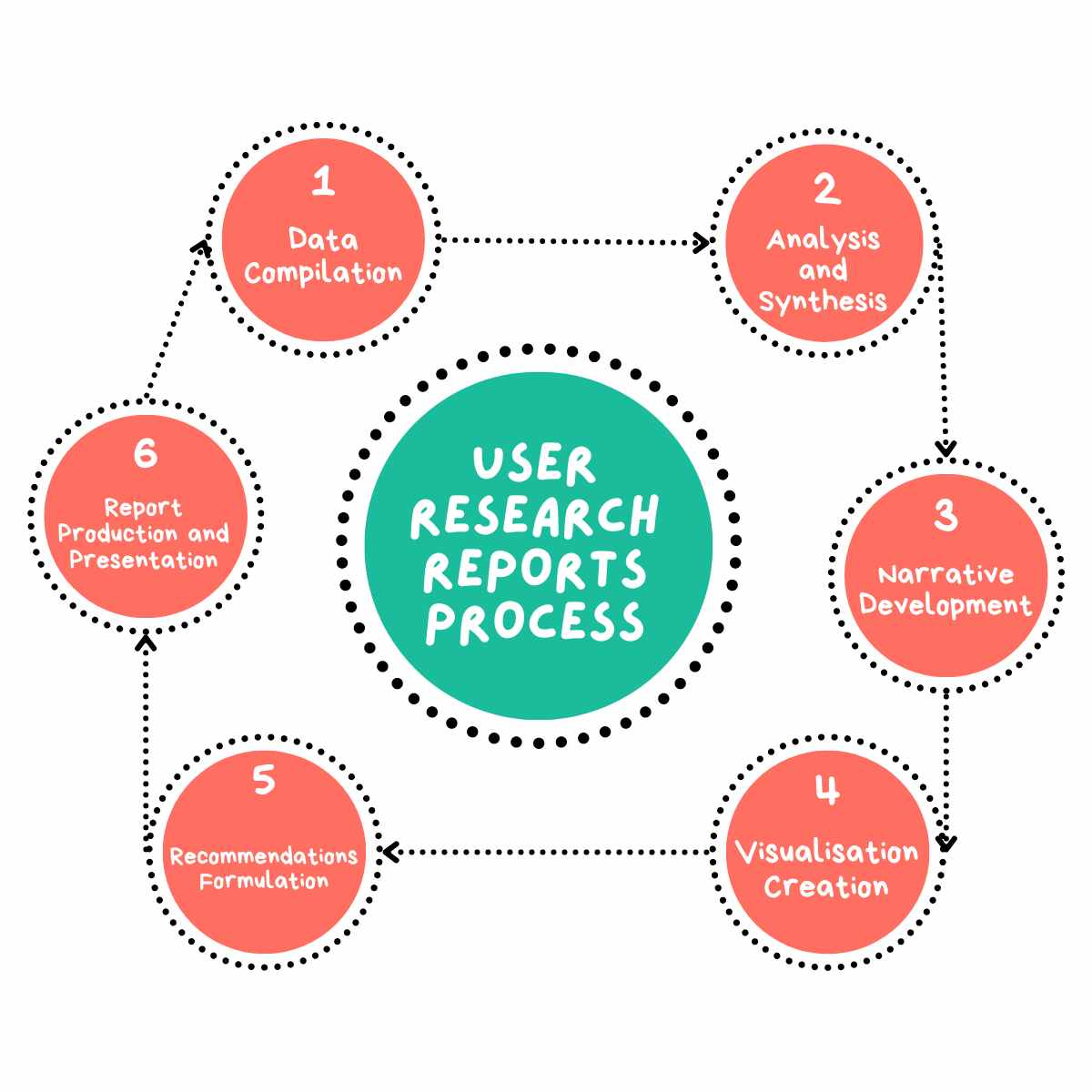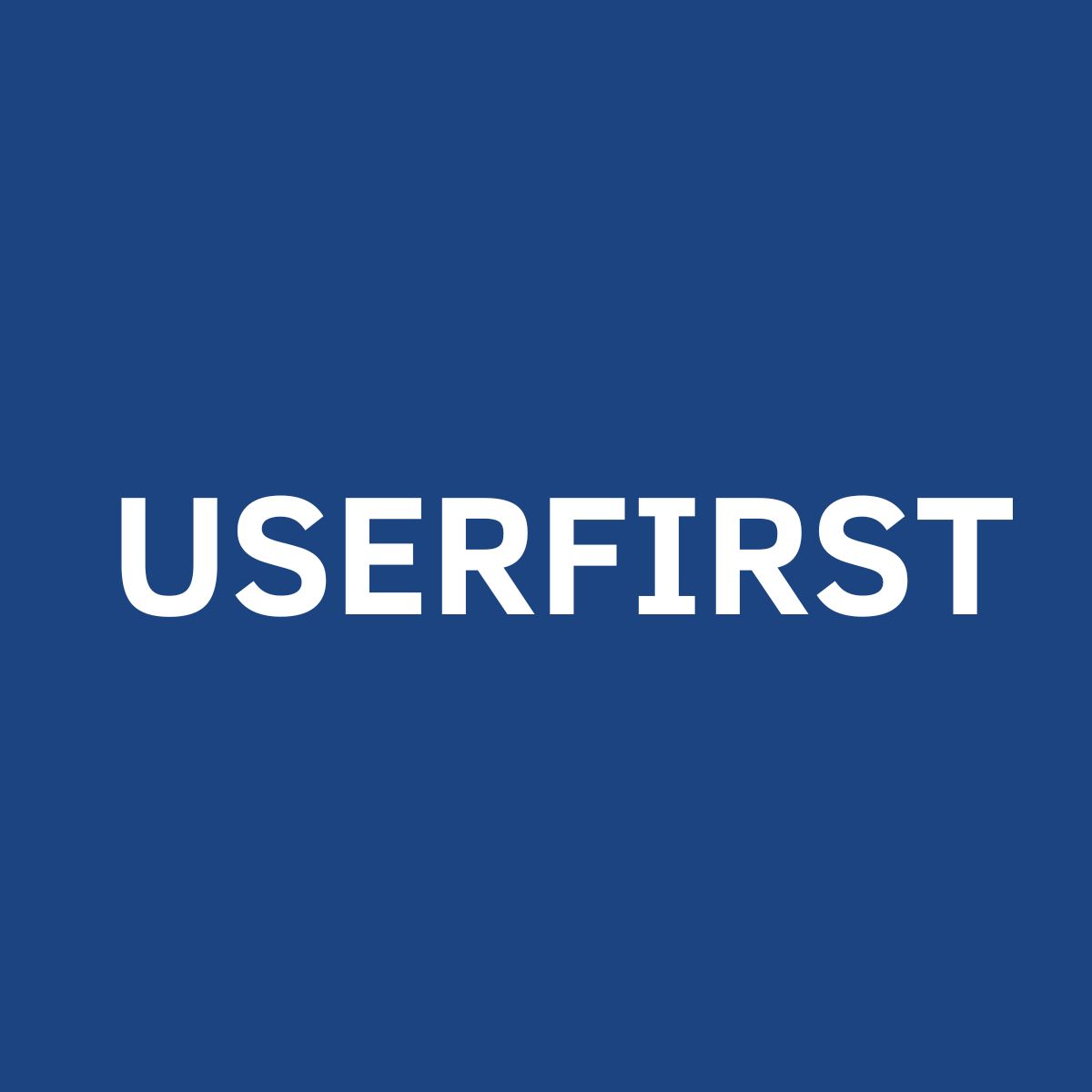User Research Reports provide profound understanding of your users’ needs, behaviours, and pain points, delivering actionable insights that help you design products that resonate with your audience and drive user satisfaction.
Who needs User Research Reports?
- Product teams validating feature decisions
- UX designers gathering evidence-based insights
- Stakeholders requiring user behaviour proof
- Development teams understanding user context
- Business analysts measuring user satisfaction
What is a User Research Report?
A User Research Report summarises the insights gathered from various user research methods, such as interviews, surveys, and contextual inquiries. This report is essential for gaining a comprehensive understanding of your users and making informed design decisions based on real user data. Studies show that research-driven decisions are 73% more likely to meet user needs (Nielsen Norman Group, 2023).
1. Demographics
Accessibility and user impairment considerations.
2. Methodology
Identified accessibility issues and their user impact.
3. Key Insights
Practical solutions for improving accessibility compliance.
4. Design Impact
Data-driven recommendations for addressing user needs

Why User Research Matters
✓ Risk Reduction: Early usability testing identifies issues before development, preventing costly post-launch fixes (Eleken, 2023)
✓ User Satisfaction: Products tested with real users tend to achieve higher satisfaction scores, as user feedback leads to more intuitive and effective designs (UserGuiding, 2023)
✓ Revenue Impact: Interfaces that undergo user testing and iterative design processes often see increased conversion rates, directly impacting revenue (UserGuiding, 2023)
Investing in UX research can reduce development costs, lower abandonment rates, and improve customer satisfaction, enhancing overall ROI (Userlytics, 2023)
Benefits of My User Research Reports
My User Research Process

1 Data Compilation: I gather all relevant data from various research methods employed, including surveys, interviews, usability tests, and analytics.
Analysis and Synthesis: I analyse the compiled data using appropriate qualitative and quantitative methods.
Narrative Development: I craft a clear, compelling narrative that tells the story of the users and their experiences.
Visualisation Creation: I develop clear, impactful visualisations to support the narrative.
Recommendations Formulation: Based on the analysed data and insights, I develop actionable recommendations for design improvements, feature prioritisation, or strategic decisions.
Report Production and Presentation: I compile all elements into a professional report, with engaging presentation of the key findings and recommendations.
Why Choose UserFirst UX for Your User Research Needs?
With extensive experience in user research and a commitment to delivering actionable insights, I provide reports that are tailored to your specific needs. My approach ensures that you receive valuable information that drives meaningful improvements and enhances user experience.
Expert Analysis
Benefit from my years of experience in UX research and user behaviour analysis
Actionable Insights
Receive clear, implementable recommendations to improve your product based on user data
Tailored Approach
Each research project is customised to your specific product and business needs
Comprehensive Reports
Get detailed, reports that provide clear strategies for ongoing optimisation.
